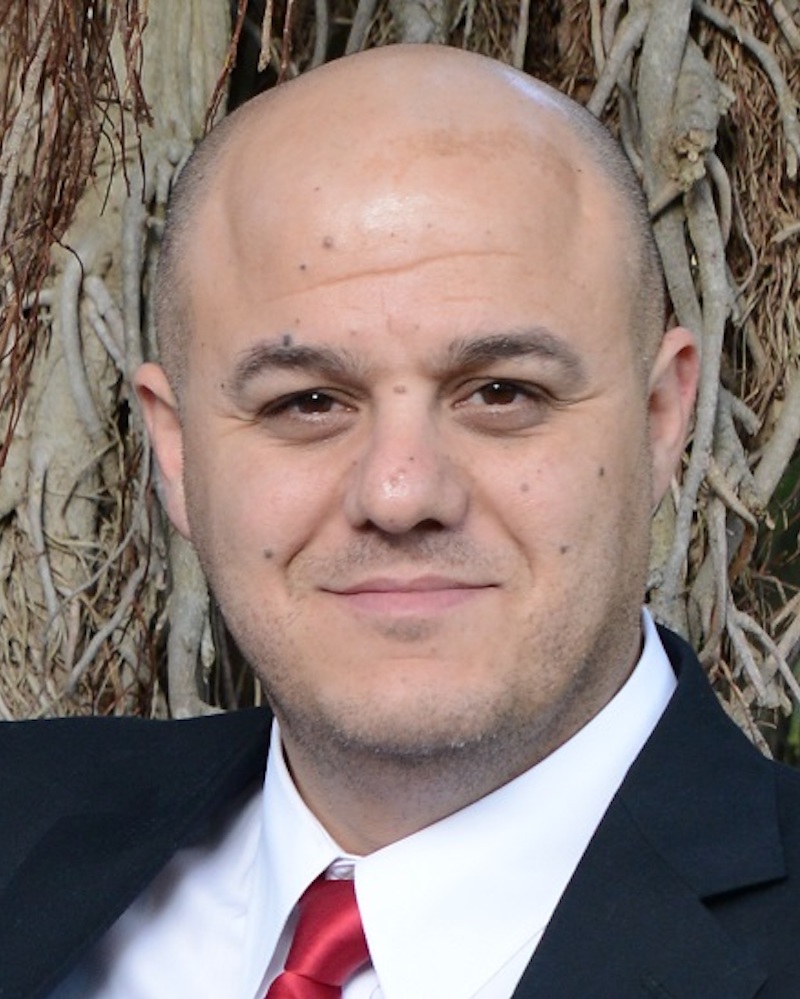Characteristics associated with the availability of therapeutic acupuncture in substance use disorder treatment facilities in the United States. Journal Article
Local Library Link: Find It @ Loyola
| Authors: | Qeadan, F; Madden, EF; Barbeau, WA; Kroth, PJ; Porucznik, CA; English, K; Komaromy, M; Sulzer, SH |
| Article Title: | Characteristics associated with the availability of therapeutic acupuncture in substance use disorder treatment facilities in the United States. |
| Abstract: | BACKGROUND: We examine the characteristics associated with the availability of therapeutic acupuncture in substance use disorder (SUD) treatment facilities in the United States (US). METHODS: This study utilizes data from the 2018 National Survey of Substance Abuse Treatment Services (N-SSATS). Multivariable logistic regression was performed. RESULTS: Only 5.5% (?=?814) of all SUD treatment facilities offered acupuncture therapy. Facilities operating an opioid treatment program (OTP) were 1.60 times more likely to offer therapeutic acupuncture than non-OTP facilities. Facilities that offered oral naltrexone pharmacotherapy or buprenorphine with naloxone pharmacotherapy were 1.63 and 1.37 times more likely to offer therapeutic acupuncture, respectively, compared to facilities that did not offer these pharmacotherapies. Federal government facilities were over four times more likely to offer acupuncture than those operated by state governments and had triple the odds of having acupuncture than private nonprofit organizations. Tribal facilities were over five times more likely than state government-operated facilities to offer acupuncture. Facilities located in the Western region of the US were 1.59, 1.39, and 1.30 times more likely than Northeastern, Midwestern, and Southern US regions, respectively, to offer acupuncture therapy. CONCLUSIONS: Although complementary and holistic approaches such as acupuncture are accepted adjunct methods to treat persons with SUD, the findings suggest that their utilization in SUD treatment facilities in the US is minimal. Results, however, highlight that facilities operated by tribal and federal governments, those that are located in the Western region of the US, and non-hospital facilities have the highest odds of incorporating therapeutic acupuncture as treatment for SUD. |
| Journal Title: | Journal of addictive diseases |
| Publisher: | Unknown |
| Date Published: | 2022 |
LUC Authors
-
 12
12Qeadan
Related LUC Article
